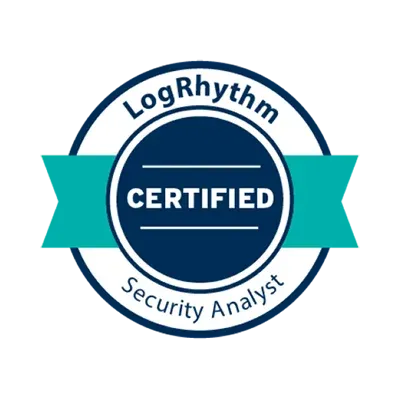Enterprise Cybersecurity Services
Secure Your Business with Cutting-Edge Cybersecurity Solutions.


Overview
Enterprise Cyber
Security
What we do
Our
Services

In today’s dynamic threat landscape, where cyberattacks are becoming more sophisticated, EDR plays a pivotal role in enhancing an organization’s overall security posture.
- Early Threat Detection
- Response Time Reduction
- Visibility and Insights
- Adaptability
- Compliance Support
Elevating Network Security Through Proactive Monitoring : NDR is a proactive cybersecurity approach focused on monitoring and analyzing network traffic in real-time. By employing advanced analytics, machine learning, and behavioral analysis, NDR solutions aim to swiftly identify and respond to anomalous activities that may signify a security threat.
- NDR solutions continuously analyze network traffic patterns.
- Behavioral Analytics
- Threat Intelligence Integration Automated Response
Network Security: Safeguarding the Digital Backbone of Your Business Network Security encompasses a suite of technologies, practices, and policies designed to protect the integrity and privacy of data within a computer network. This field addresses a broad spectrum of potential threats, ranging from unauthorized access and data breaches to malware attacks and denial-of-service incidents.
- Data Protection
- Business Continuity
- Compliance Assurance
- Threat Mitigation
- Confidence in Connectivity
Data Loss Prevention (DLP): Safeguarding Your Most Valuable Asset – Information ! DLP is a comprehensive approach to safeguarding sensitive data throughout its lifecycle – from creation and storage to transmission and usage. This cybersecurity discipline employs a combination of technology, policies, and procedures to ensure that confidential information remains within the intended boundaries of an organization.
- Confidentiality Assurance
- Regulatory Compliance
- Risk Mitigation
- Brand Protection
- Operational Continuity
Data Classification: A Strategic Approach to Information Management
Data Classification involves systematically categorizing data into different levels or classes based on its importance, confidentiality, and regulatory requirements. This classification provides organizations with a clear framework for applying security controls, defining access permissions, and implementing encryption protocols tailored to the specific needs of each data type.
- Improved Security Posture
- Regulatory Compliance
- Efficient Data Management
- Risk Mitigation
- Enhanced Collaboration
Digital Rights Management (DRM) Safeguarding Digital Assets in the Digital Landscape.DRM is a systematic approach to control access, usage, and distribution of digital content. It is commonly employed to protect intellectual property, such as music, videos, documents, and software, from unauthorized duplication, distribution, or tampering. DRM mechanisms typically include encryption, access controls, and licensing agreements to enforce usage policies and protect the rights of content creators.
- Content Protection
- Confidentiality Assurance
- Compliance with Regulations
- Risk Mitigation
- Secure Collaboration
Data Discovery and Protection: Illuminating and Safeguarding Your Digital Footprint
In an era defined by vast data landscapes, the twin challenges of understanding the extent of your digital assets and fortifying them against potential risks have become critical for organizations. Data Discovery and Protection represent a strategic approach to gaining insights into your data ecosystem and implementing measures to ensure its security and compliance.
Data Discovery:
Data Discovery is the process of identifying, classifying, and cataloging data assets within an organization. It involves locating data across various repositories, understanding its nature and significance, and organizing it to facilitate efficient management and protection. The primary goal is to gain a comprehensive understanding of the data landscape, enabling organizations to make informed decisions about data handling, security, and compliance.
- Risk Mitigation
- Regulatory Compliance
- Efficient Resource Allocation
- Confidence in Data Management
- Enhanced Data Governance











